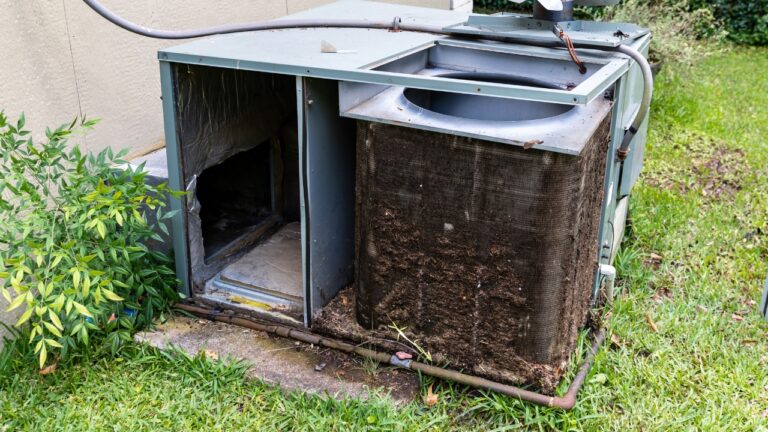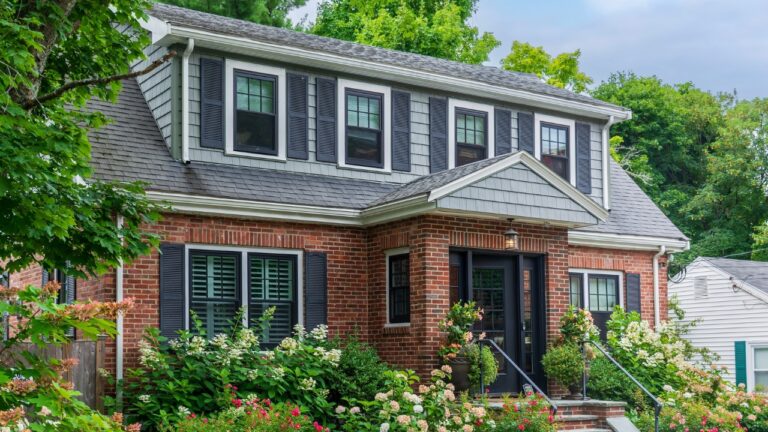8 Cheap Repairs That Will Make Your House Feel More Solid
When a house starts to feel a little flimsy—creaky floors, rattling doors, air drafts—it’s usually not one big thing. It’s a bunch of little issues that stack up. And while it’s tempting to think the fix is expensive, most of the time it’s not.
You can knock out a lot of those problems with a free weekend and a trip to the hardware store. These repairs don’t cost much, but they make your house feel tighter, quieter, and more put together.
Tighten Loose Railings and Banisters

A wobbly railing might not seem urgent, but it’s one of those things that makes a house feel unfinished—or even a little unsafe. Most of the time, it’s a matter of tightening screws or adding longer ones that actually grip into solid framing.
For wood railings, some wood glue and a clamp can do the trick. For metal ones, check the anchors into the wall or concrete. Either way, it’s a 30-minute fix that makes everything feel more secure.
Add Shims Under Squeaky Floors

If you’ve got a spot in your floor that creaks every time someone walks on it, you’re probably dealing with a loose subfloor. Instead of tearing things up, you can usually quiet it down with a few shims.
From below, slide wooden shims between the joist and subfloor to tighten the gap. A little construction adhesive helps hold them in place. It’s cheap, easy, and makes a big difference—especially in older homes.
Re-Caulk Around Windows and Doors
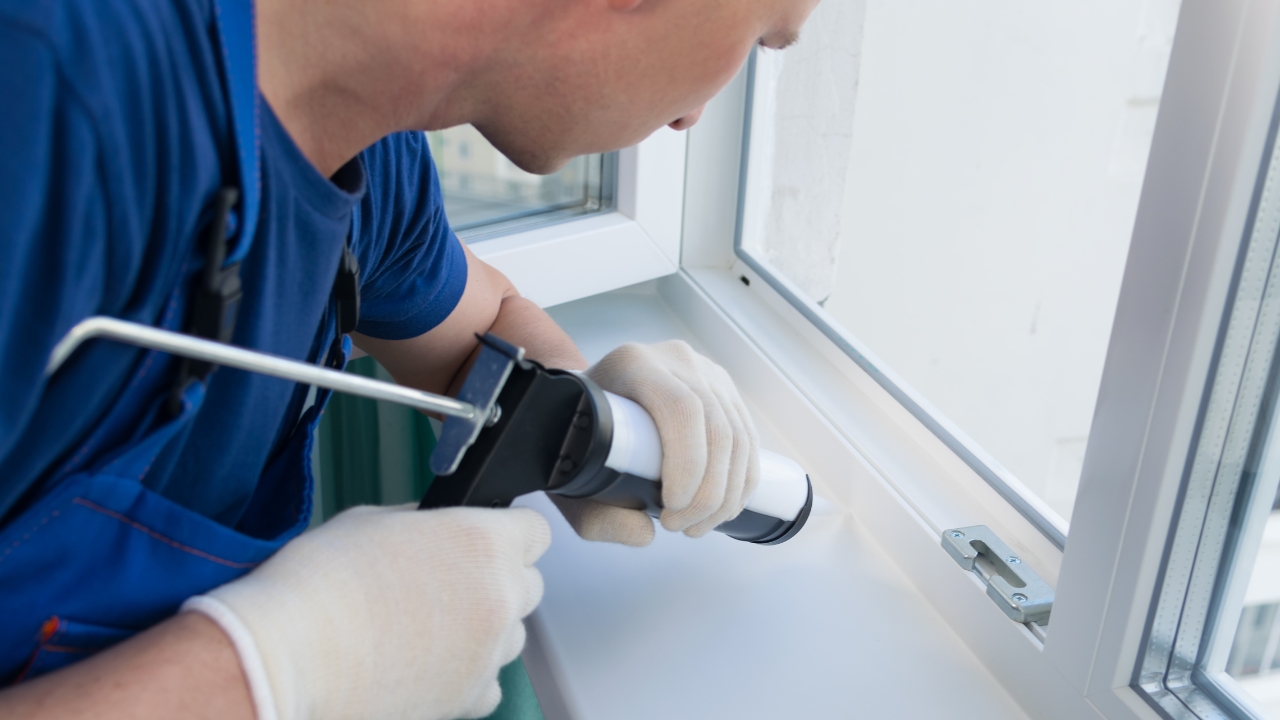
Gaps in your window or door trim don’t just let in drafts—they make everything feel less finished. Re-caulking is a small job with a big return, especially in spots where old caulk has cracked or pulled away.
Use a quality paintable caulk and take your time smoothing it out. It seals the gaps, improves insulation, and gives the trim a cleaner, tighter look. It’s also one of the cheapest ways to improve energy efficiency.
Replace Worn-Out Weatherstripping

Old or missing weatherstripping can make doors feel flimsy and let in air and noise. Replacing it gives you a better seal and makes your door feel like it’s closing with purpose—not slamming into a drafty frame.
You can buy pre-cut kits or roll material and cut it yourself. Stick-on versions are quick and easy, but for a longer-lasting fix, go for screw-on types. Either way, it’s a quick job that changes the feel of your whole entryway.
Secure Loose Steps or Deck Boards
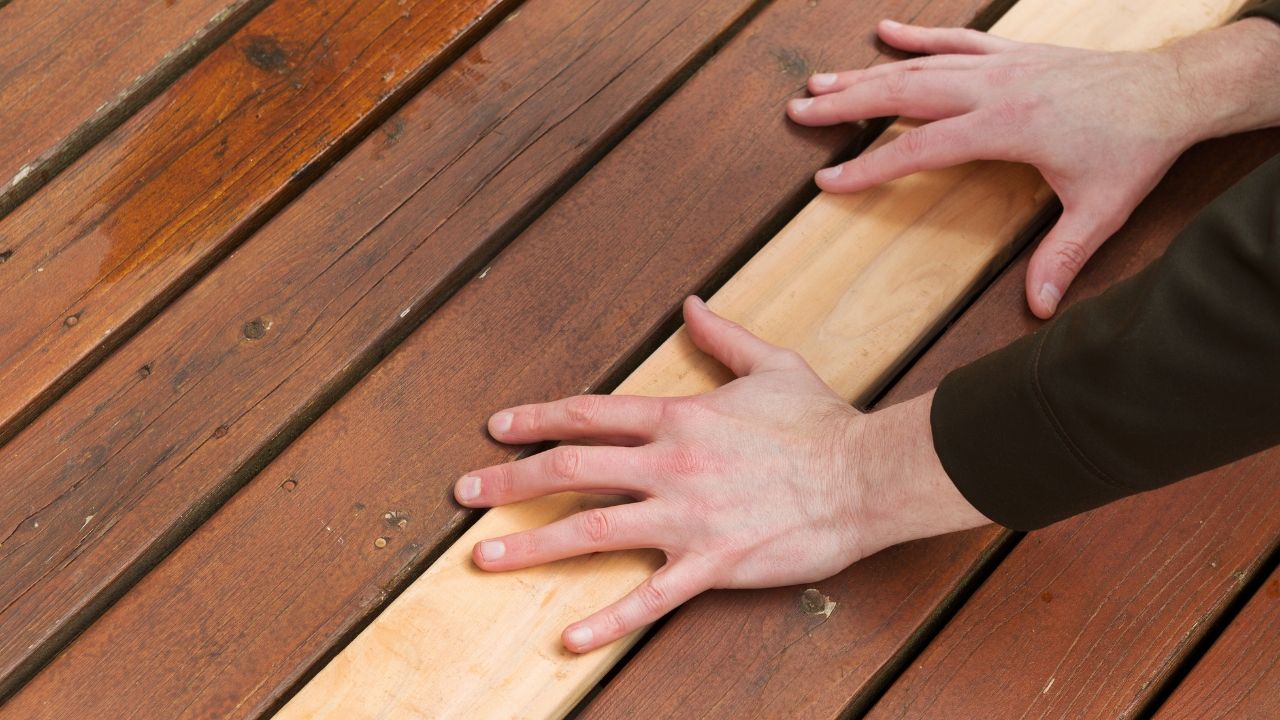
That soft spot on your porch or that squeaky deck step? It’s not just annoying—it’s a trip hazard. Refastening the boards with exterior screws will lock them back in place and keep things from shifting underfoot.
If the wood’s rotting, swap it out. If it’s just loose, a few screws can make the whole deck feel more solid. Don’t forget to check your stair stringers and railings while you’re at it.
Patch Cracks in Walls or Ceilings
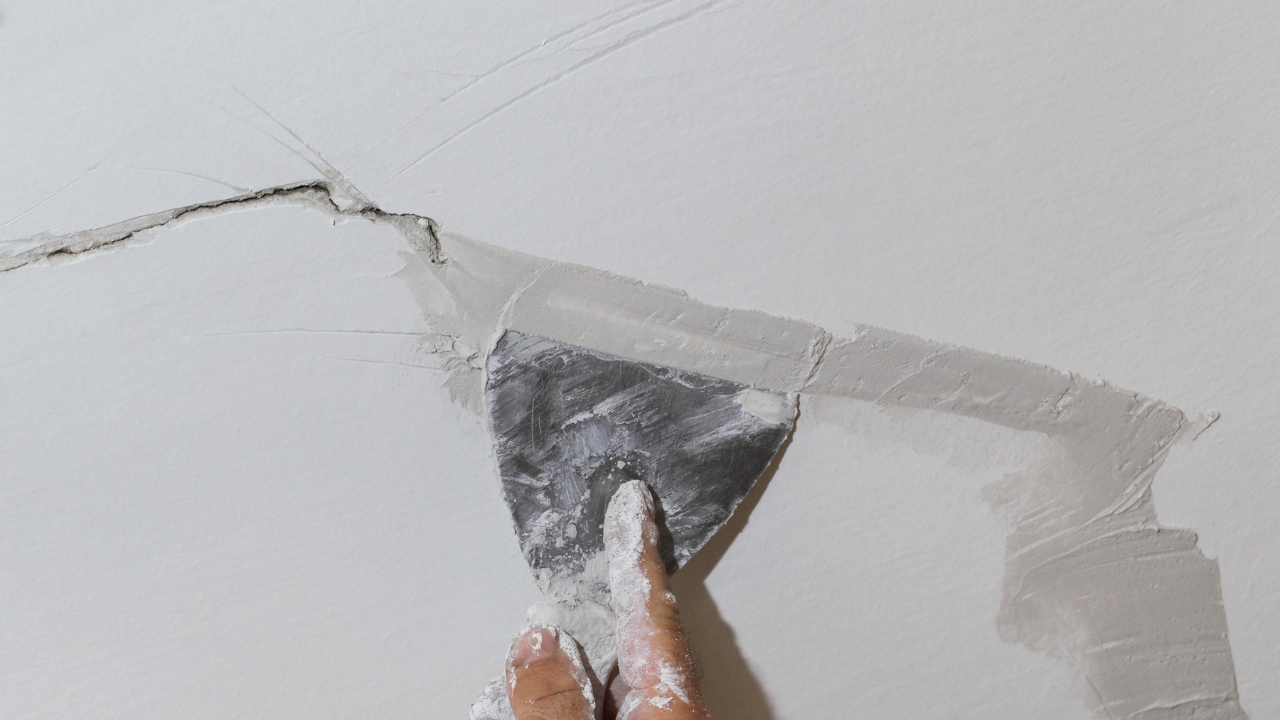
Hairline cracks around doors, ceilings, or baseboards don’t always mean something serious—but they do make a house feel a little tired. A bit of joint compound, a sanding sponge, and a coat of paint will make them disappear.
If the crack keeps coming back, look at adding mesh tape underneath the patch. You’ll still spend less than $20, and the room will feel newer and stronger with those little flaws fixed up.
Fix Doors That Don’t Latch Right
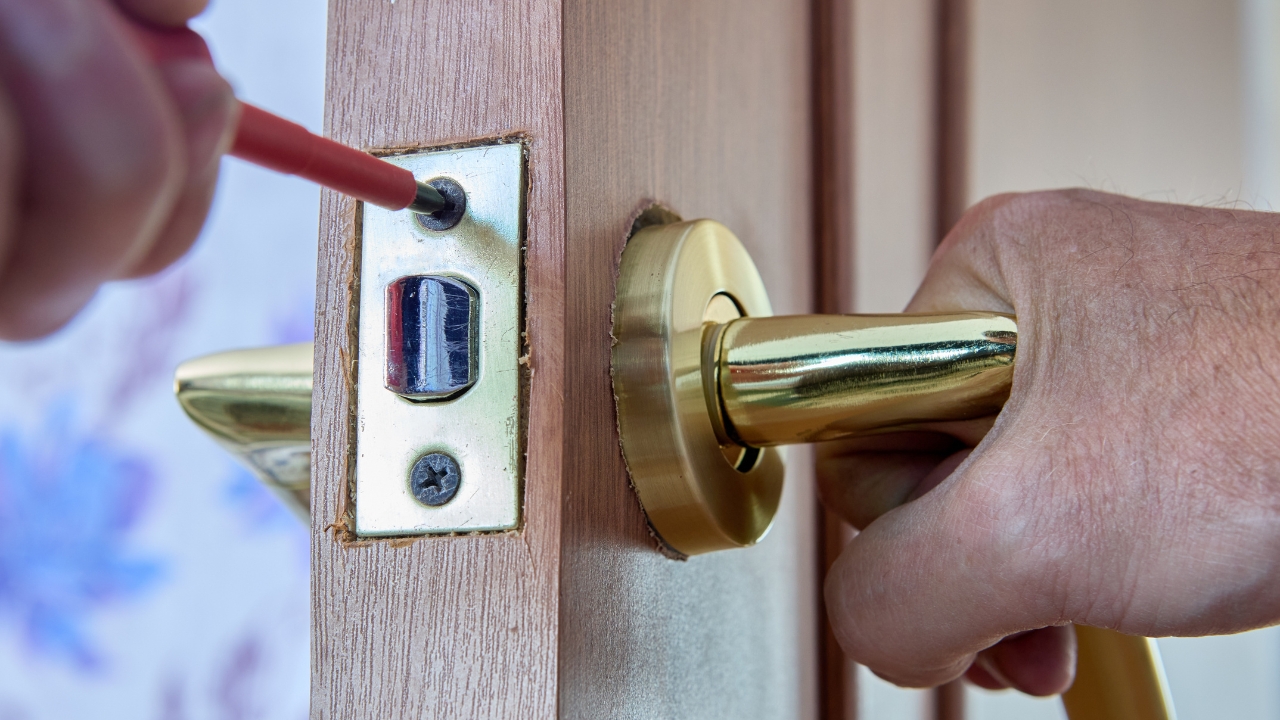
A door that won’t latch or swings open on its own is a small thing—but it can make the whole room feel off. Usually, it’s a hinge issue or a misaligned strike plate.
Tightening the screws or shimming the hinge with a piece of cardboard can fix it fast. If the latch doesn’t catch, move the strike plate slightly and re-anchor it. When your doors shut clean and stay put, the whole house feels more squared away.
Anchor Wobbly Furniture or Built-Ins

Built-in bookshelves, tall dressers, or freestanding pantries can feel unstable, especially on uneven floors. Anchoring them to studs in the wall gives them a rock-solid feel and keeps things safe—especially if you have kids.
Use anti-tip brackets or L-brackets to secure the tops. It’s one of those little upgrades that gives peace of mind and adds that feeling of structure and safety to the space.
*This article was developed with AI-powered tools and has been carefully reviewed by our editors.




